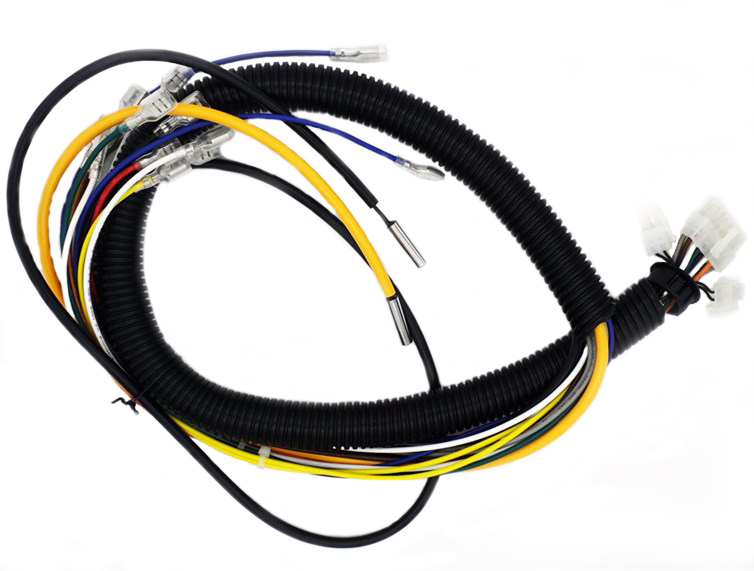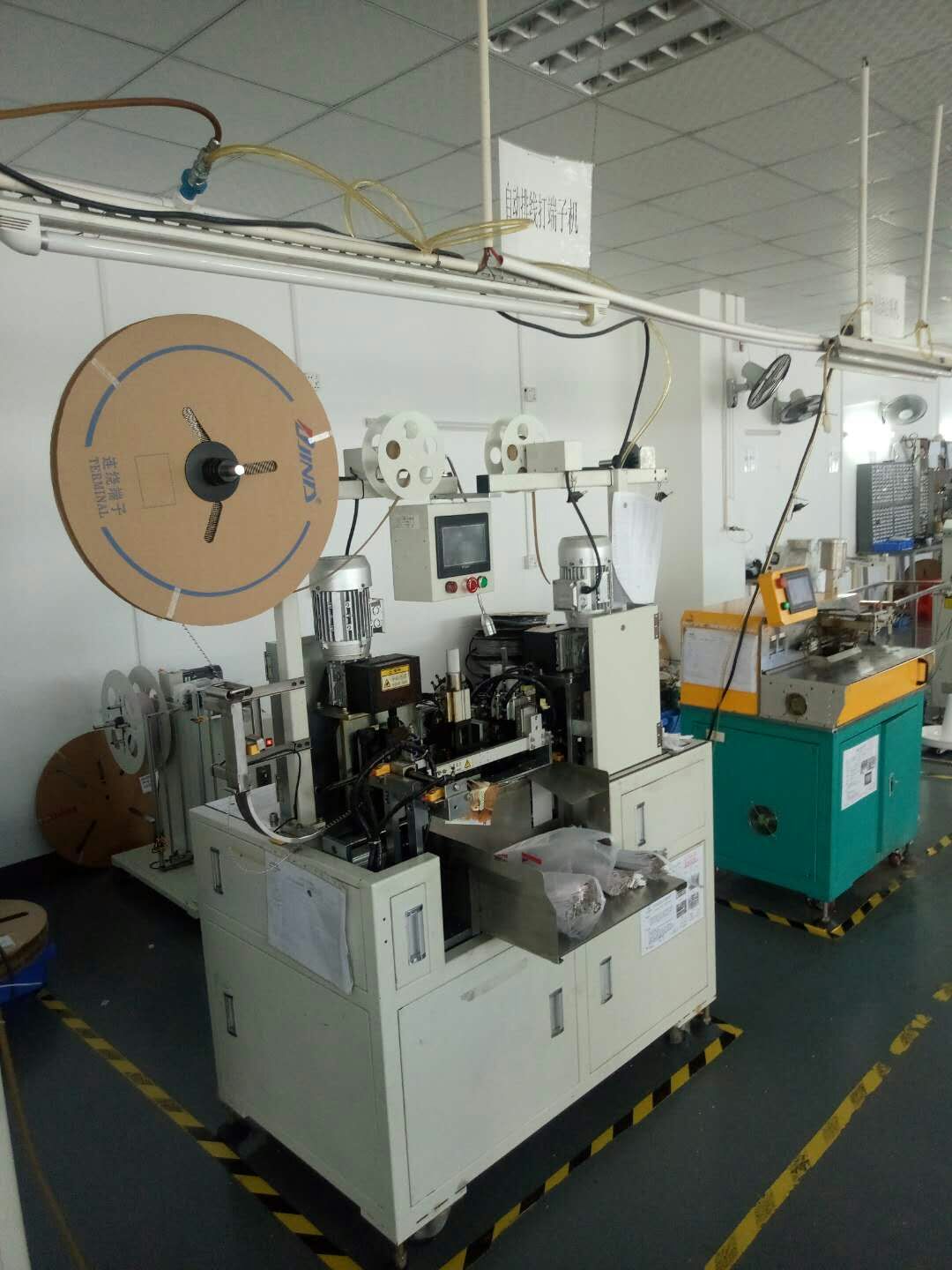White Paper--LED Lighting System Design Manual (Part 1) (Figure)
Editor's Note: This paper discusses in detail the six design steps for LED lighting system design: (1) determining lighting requirements; (2) determining design target estimation optics; (3) efficiency of thermal and electrical systems; and (4) calculating the number of LEDs required (5) All designs may be considered to select the best design; (6) complete the final steps. Although an interior lighting design is exemplified herein, the described design process can be used in any LED lighting design.
LEDs for today's lighting applications have the brightness, efficiency, lifetime, color temperature and white point stability required for general lighting. As a result, most types of LEDs are used in general lighting applications, including roads, parking areas, and indoor directional lighting. In these applications, LED-based lighting reduces total cost of ownership (TCO) because no maintenance is required (because LEDs have a much longer life than conventional bulbs) and energy consumption is reduced.
In contrast, lighting-grade LEDs have an efficient, directional illumination of at least 50,000 hours. Indoor lighting designed with all the advantages of lighting-grade LEDs has the following advantages:
1 more than all incandescent and halogen lamps
2 comparable to even the best CFL (compact fluorescent) downlights
3 Compared to these luminaires, the life before repair is 5 to 50 times longer
4 Reduce the impact of light on the environment: no mercury, low power station pollution, low waste disposal costs.
Is the light still a light?
Designing LEDs in general lighting requires a choice between two methods, either to design a complete LED-based illumination or to design an LED-based lamp that is mounted to an existing fixture. In general, a complete lighting design has better optical, thermal, and electrical performance than a retrofit lamp because existing fixtures do not constrain the design. It is more important for the target application whether the overall system performance of the new lighting is important or the convenience of the retrofitted lamp, which is up to the designer.
Design method for existing lighting
If the target application is better to construct a new type of LED illumination, then the light output of the illumination is designed to have multiple advantages over or equal to existing illumination matching. First, existing designs have been optimized for target applications, providing guidance when determining design goals around light output, cost, and work environment. Second, the dimensions of existing designs have been recognized. If the form factor is the same, it is easier for the end user to convert to LED lighting.
Lighting efficiency (lumen per watt), correlated color temperature (Kelvin), color rendering index.
DOE's CPTP puts the focus on the available light output of the illumination, not just the light output of the illumination, which sets a good precedent for LED lighting design.
The concept of lights may be out of date
The long life of LED light can make the concept of the lamp obsolete. Illuminated LEDs do not experience catastrophic failure like light bulbs. In contrast, lighting-grade LEDs have a lifetime of at least 50,000 hours before gradual degradation to 70% of their initial light output flux (also known as lumen maintenance), which means 5.7 years of continuous illumination!
However, in most lighting environments, the lights are extinguished regularly. This extinguishing period is sufficient to extend the life of the LED to more than 30 years, as shown in curve 1. After so many years, LED lighting will be “burned outâ€, while the lighting under LED lighting technology will be brighter and more efficient, and it is likely to save TCO compared to old-fashioned LED lighting.
Don't forget: The 50,000-hour lifetime of LED lighting avoids much environmental impact. Incandescent bulbs sent to landfills are at least 25 times less and consume 5 times less energy. (About 50% of energy in the United States comes from burning coal, which burns mercury in the air). Alternatively, the mercury-containing C bulbs sent to the process are reduced by at least 5 times. As mentioned earlier, no maintenance is an important advantage of LED lighting. Therefore, designing LED lighting to maximize its lifetime and save TCO is an excellent strategy for dealing with the barriers to the high cost of LED lighting.
Table 1 lists the general steps for designing high power LED lighting. The rest of this article discusses these design steps in turn. To better illustrate these design concepts, this paper presents an example of a LED illumination replacement for a 23W CFL downlight. Not only for this example, this design step can be reused for all types of lighting.
Step 1: Determine lighting needs
LED lighting must meet or exceed the lighting requirements of the target application. Therefore, the lighting requirements must be determined before the design goals are established. For some applications, there are ready-made lighting standards that can be directly determined. For other applications, it is a good idea to determine the characteristics of existing lighting.
Table 2 lists the main characteristics to consider when determining existing lighting characteristics. Light output and power characteristics are always critical, and depending on the application, other characteristics may or may not be important.
All lighting companies can provide data files or documents detailing the key features of their various luminaires. The "potentially critical" features are more subjective or not listed in the manufacturer's documentation. In this case, the designer determines the characteristics of the existing lighting.
Step 2: Determine the design goals
Once the lighting requirements have been determined, the design goals for LED lighting can be determined. As with defining lighting requirements, key design goals are related to light output and power consumption. Be sure to include other design goals that may be important to the target application, including the work environment, bill of materials (BOM) cost, and lifetime.
Step 3: Estimate the efficiency of optical, thermal, and electrical systems
The luminous flux of an LED depends on a variety of factors, including drive current and junction temperature. To accurately calculate the amount required, the inefficiencies of optical, thermal, and electrical systems must first be estimated. The personal experience of previous prototype designs, or the number of examples provided in this article, can be used as a guide to estimate these losses. This section provides a brief description of the process of estimating these system losses.
Optical system efficiency
The efficacy of the optical system is estimated by examining the optical loss. The two main sources of optical loss to be estimated are:
Secondary optics
Secondary optics are all optical systems that are not part of the LED itself, such as lenses or diffusers on LEDs. The losses associated with secondary optics vary depending on the particular component used. Typical optical efficiencies through each of the secondary optical components are between 85% and 90%.
2. Light loss in the luminaire
When the light hits the hood before reaching the target, the light loss of the luminaire is generated. Some of the light is absorbed by the luminaire cover and some is reflected back to the luminaire. The efficiency of the fixture is determined by the layout of the lighting, the shape of the fixture housing, and the material of the fixture cover. As shown in Figure 2, the LED light is directional, and the achievable efficiency is much higher than that achieved by omnidirectional illumination.
For the illumination in the example, if the illumination requires secondary optics, there is only a secondary light loss. The primary purpose of the secondary optics is to change the light output image of the LED. Curve 2 compares the beam angle of the Cree XLamp XR-E LED to the light output image of the target luminaire. The beam angle of a bare LED is very similar to that of a target luminaire, so secondary optics are not required. Thus, for this example illumination, there is no loss of light caused by the secondary optics.
To calculate the luminaire loss for this CFL example, we assume that the reflectivity of the luminaire reflector is 85% and 60% of the light will hit the reflector. Therefore, the optical efficiency is:
Heat loss
The relative flux output of the LED decreases as the junction temperature rises. Most LED data sheets list typical luminous flux values ​​at 25°C, while most LED applications use higher junction temperatures. When the junction temperature T j > 25 ° C, the luminous flux is definitely worse than the value given in the LED data sheet.
The LED data sheet has a curve showing the relative light output versus junction temperature, such as the XLamp XR-E white LED shown in Figure 3. This curve gives other characteristic values ​​by selecting a specific relative light output or a specific junction temperature.
For this CFL example, the lighting is only designed for commercial buildings with roof ventilation. This design is based on the listed design goals and prioritizes light output, power efficiency, and lifetime.
For indoor applications, the 87% efficiency rating of the drive is good. Drives with outdoor or very long service life may be less efficient.
Table 5 summarizes the efficiency of the optical, thermal, and electrical systems of the example illumination.

Shareconn development co.,Ltd have more than 15 years experience in wire harness. we always manufacture automotive wireharness, Sensor Wire Harness, LVDS wire harness and Electronic Wire Harness, according to IPC 620 standard.
Our factory can offer FAI and Environmental protection certificates.
We inspect all wire harness 100% percent before we ship out. We ship all goods with OQC inspection reports and COC reports.
Our factory is qualified with ISO9001:2008, ISO13485:2003 and TS16949:2009 certificates, equipped with high-end automatic production equipment, like automatic crimping machines, automatic wire cutting and crimping machines, automatic crimping and tinned plate machines, etc. 

Wire Harness Assemblies,Wiring Assembly,Wire Harness Assembly,Custom Wire Harness Assemblies
Shareconn Development , http://www.share-conn.com